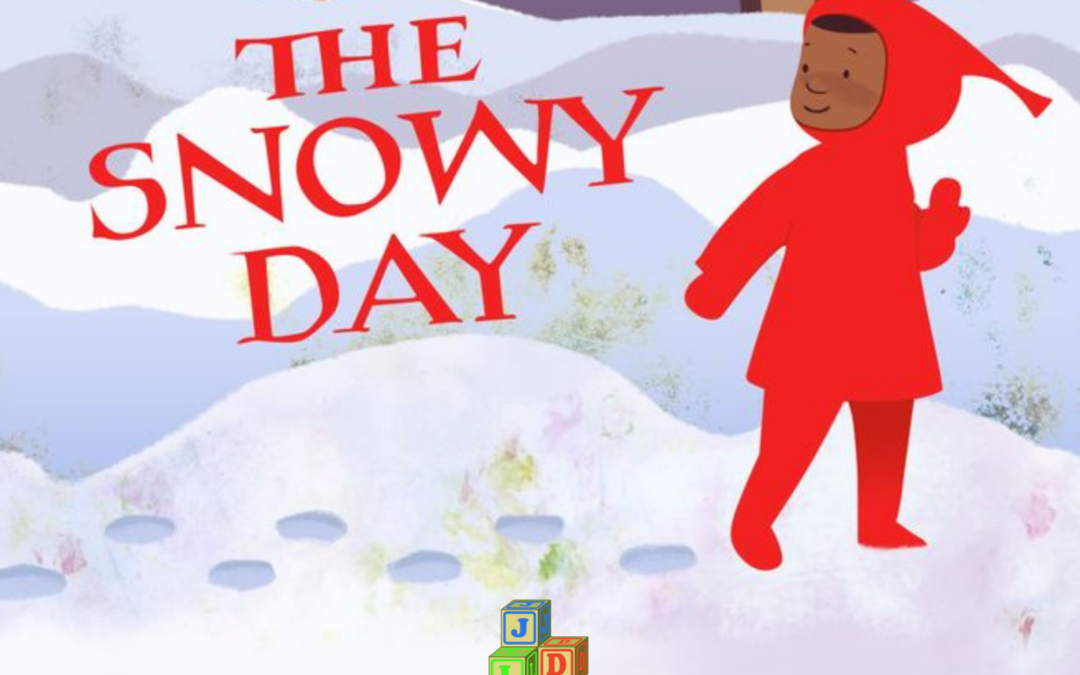The Snowy Day by Ezra Jack Keats is a wonderful book to read-aloud to your child to help with communication skills like story recall and phonetics. The story structure has lots of repeating P words which is a good first letter for parents to overemphasize. This will help your child with pronunciation and phonics. This colorful book will make learning fun and help with story recall, reading comprehension, and even help with hyperlexia.
Reading Aloud is a Great Activity
You can encourage your child to interact with the story. This will help them bring out their communication skills. You can increase their story recall and comprehension the more you read to them. Children can follow the reading by following along on the page with their finger. Reading encourages a child’s development of language and reading skills.
One of the most beneficial aspects of shared reading is the dialogue between the adult and child, as they discuss the book that they are reading.
Nonverbal Interactive Reading
As you read aloud to your child, give him or her opportunities to interact with you nonverbally. Here are some activities you can try as you read with your child:
* Run your finger just under the text as you read. Then you can ask your child do the pointing.
* Ask your child to turn the pages at the right time.
* Give your child some story props like toys, or stuffed animals so he can act out the story as it unfolds.
* You can take turns imitating what the characters are doing in the story.
These activities will help your child engage with a book without them having to rely solely on just spoken language.
Conversation Activities
Because it is wintertime, we thought it would be a great time to share this book and an activity you can do. First you can read the story to your child. For those that can answer verbally or with communication devices, you can ask comprehension questions throughout the book.
Next, you can work on conversation skills with this visual:

You can get a copy of this free visual HERE.
Work with your child to see what matching and activities they can do non-verbally. This is a wonderful way to work with your child on the key communication skills that can help them.
There are other art and cooking activities that will help as well. We will be posting regular blogs with these types of helpful activities you can share with your child.
To summarize, we can all support literacy development in minimally verbal and non-verbal kids with autism by doing the following:
* reading books together
* giving your child opportunities to interact with a story or other written information in whatever way they are able
* teaching them to recognize words paired with pictures or symbols
* showing them how we set up symbols in their AAC devices and signs – especially safety signs
* reading signage – especially safety signage – when out in the community
* giving them opportunities to type their own words when they are ready
are among the most important opportunities to teach reading to nonverbal and minimally verbal kids.
FYI: ASDF provides financial assistance for autistic individuals to attend a summer film camp that enables them to express their creativity. Learn more about the program here.
You are doing a great job, and we applaud you for all of your hard work working with your child. We are always here to help you!
